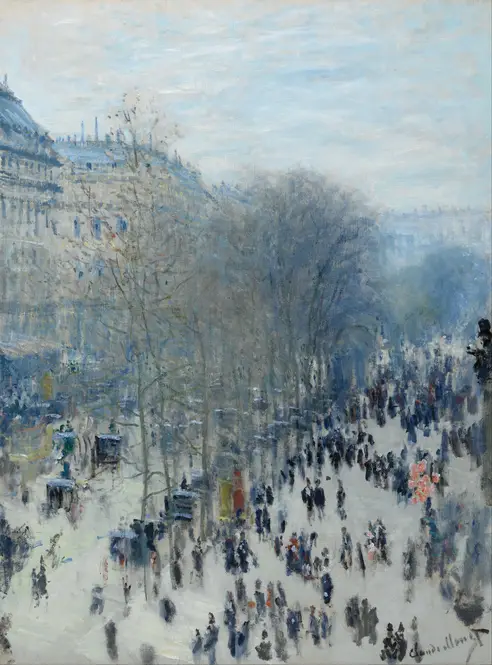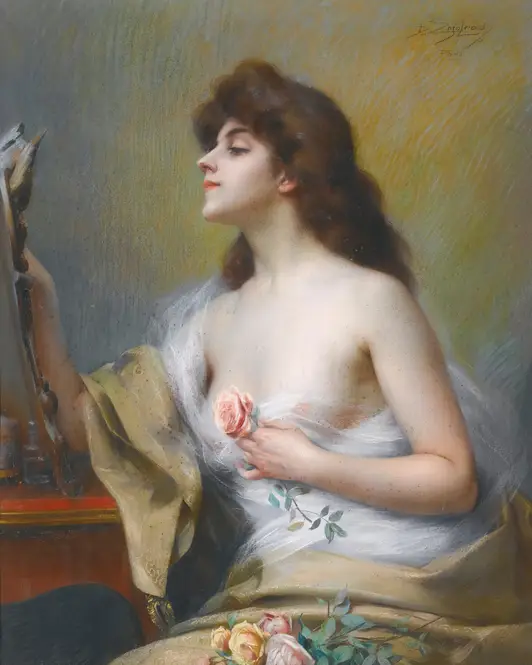Ornithologia methodice digesta Pl.197 (1767-1776) is a striking illustration that captures the intricate beauty of avian life with remarkable precision. The artwork, part of a larger ornithological study, showcases a bird rendered in delicate yet vivid detail, its feathers textured with fine lines that suggest movement and life. The composition balances scientific accuracy with an artistic touch, as the subject is framed against a subtle background that avoids distraction while enhancing its natural elegance. There’s a quiet intensity in the way the bird is portrayed—its posture, the curve of its beak, and the careful shading all hint at both the artist’s observational skill and a deeper appreciation for the creature’s form.
What makes this piece particularly fascinating is its dual role as both art and scientific documentation. Created during a time when natural history illustrations were vital for study, the work reflects a meticulous attention to detail that goes beyond mere representation. The bird seems almost poised to take flight, its presence both lifelike and slightly idealized, as if the artist sought to capture not just its physical traits but its essence. The subtle interplay of light and shadow adds depth, while the restrained color palette keeps the focus on the subject’s graceful lines. It’s a testament to the intersection of art and science, where beauty and knowledge coexist seamlessly.

-full.webp)

-full.webp)
-full.webp)


-full.webp)
-full.webp)